What Is Glycemic Index & List Of Foods With Their GI
Plan your diet wisely and say 'no' to foods that increase blood sugar levels rapidly.

Image: Midjourney/ StyleCraze Design Team
Glycemic index (GI) is a value given to foods depending on how quickly or slowly they increase blood glucose levels. Foods with lower GI digest slowly and do not increase blood glucose levels rapidly, which is not the case with high-GI foods.

Wondering why your diet plan is not yielding desirable results? Well, chances are that you have not made the best food choices. Knowing all about GI helps you determine which foods suit your diet and which do not. So, if you want to keep your blood sugar in check, it is important to understand the glycemic index (GI), as it will help you make smart choices about what you eat.
In this article, we have classified foods based on GI (low, medium, or high) and discussed which foods are ideal for you. Keep reading to learn more!
In This Article
What Is Glycemic Index?
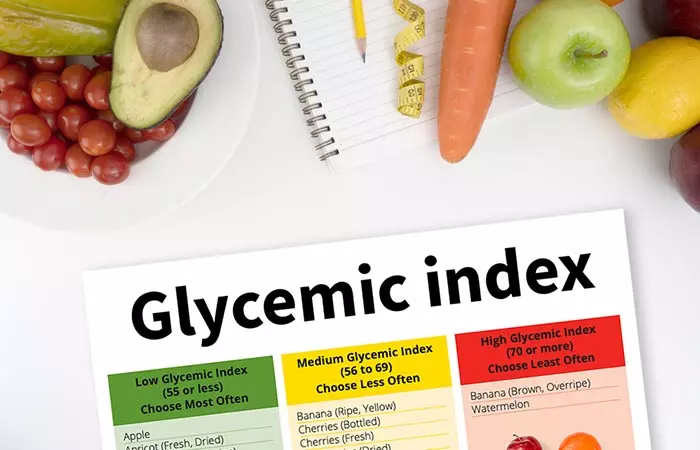
The glycemic index is a value assigned to foods based on how slowly or quickly they increase blood glucose (sugar) levels.
Glucose is given a value of 100. If the test food is assigned a value below 100, that food is expected to impact your blood sugar lesser than glucose. If the test food is assigned a value over 100, that food is expected to impact your blood sugar more than glucose.
Low GI foods tend to aid weight loss while high glycemic index foods help with energy recovery after exercise or offset hypoglycemia (low blood glucose levels) (1).
But, hold on! How does that even make sense? Is it just another fancy number game?
Absolutely not!
Key Takeaways
- The glycemic index determines how various foods impact blood sugar levels.
- Increase the intake of low glycemic index foods in your diet, as consumption of those won’t spike blood sugar levels.
- Avoid food that spikes blood sugar levels, such as cakes and bread.
- Foods with low GI may aid in weight loss.
Why Should Glycemic Index Matter?
It would matter because foods having a low glycemic index (GI) tend to release blood glucose slowly and steadily. Foods having high glycemic index release blood glucose rapidly.
The glycemic index classification of foods is used as a tool to assess prevention and treatment for diseases. Especially those where glycemic control is of importance – like diabetes. Glycemic management is important for people with diabetes, as high blood sugar levels can lead to complications.
Low GI diets improve the serum lipid profile, reduce C-reactive protein (CRP) concentrations, and aid weight control.
Such foods are also associated with higher levels of high-density lipoprotein cholesterol (HDL-C). Including them in your diet can decrease the risk of developing diabetes and cardiovascular disease (2).
Alright, if it is so important, how do we know the glycemic value of the foods we eat every day?
Worry not! In the following sections, we have listed groups of ingredients that have low and high glycemic indices.
Keep this in mind while looking at the charts:
High GI: Food is assigned a value of 70 or higher.
Medium GI: Food is assigned a value of 56-69.
Low GI: Food is assigned a value of 55 or less.
Now, take a close look at the groups below and see which ones can you include in your regimen (3).
Note: The GI values of a few items are in terms of average ± standard error of mean (SEM.)
In This Article
- Fruits And Fruit Products
- Vegetables
- High-Carbohydrate Foods
- Breakfast Cereals
- Dairy Products
- Legumes
- Snacks
1. Fruits And Fruit Products

| Product | GI |
|---|---|
| Grapefruit | 25 |
| Apple, raw | 36 ± 2 |
| Pear, raw | 38 |
| Apple juice | 41 ± 2 |
| Dates, raw | 42 ± 4 |
| Orange, raw | 43 ± 3 |
| Peaches, canned | 43 ± 5 |
| Strawberry jam/jelly | 49 ± 3 |
| Orange juice | 50 ± 2 |
| Banana, raw | 51 ± 3 |
| Mango, raw | 51 ± 5 |
| Grapes, raw | 59 |
| Pineapple, raw | 59 ± 8 |
| Raisins | 64 |
| Watermelon, raw | 76 ± 4 |
2. Vegetables
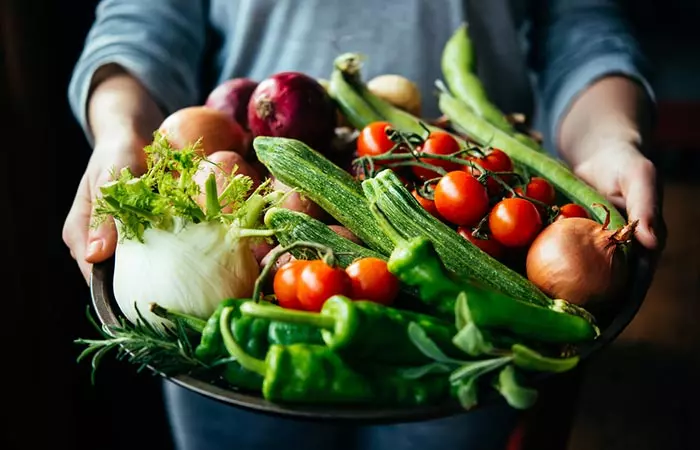
| Vegetable | GI |
|---|---|
| Carrots, boiled | 39 ± 4 |
| Vegetable soup | 48 ± 5 |
| Green peas | 51 |
| Parsnips | 52 |
| Taro, boiled | 53 ± 2 |
| Plantain/green banana | 55 ± 6 |
| Potato, french fries | 63 ± 5 |
| Sweet potato, boiled | 63 ± 6 |
| Pumpkin, boiled | 64 ± 7 |
| Potato, boiled | 78 ± 4 |
| Instant mashed potato | 87 ± 3 |
3. High-Carbohydrate Foods
| Product | GI |
|---|---|
| Barley | 28 ± 2 |
| Fettucine | 32 |
| Corn tortilla | 46 ± 4 |
| Spaghetti, wholemeal | 48 ± 5 |
| Spaghetti, white | 49 ± 2 |
| Chapati | 52 ± 4 |
| Sweet corn | 52 ± 5 |
| Specialty grain bread | 53 ± 2 |
| Rice noodles | 53 ± 7 |
| Oatmeal | 55 |
| Udon noodles | 55 ± 7 |
| Couscous | 65 ± 4 |
| Quick-cooking Basmati rice, white | 67 |
| Brown rice, boiled | 68 ± 4 |
| White rice, boiled | 73 ± 4 |
| Whole wheat/wholemeal bread | 74 ± 2 |
| White wheat bread | 75 ± 2 |
4. Breakfast Cereals
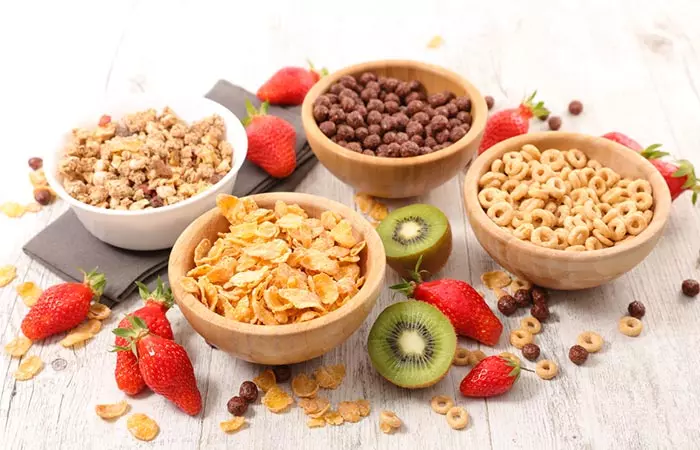
| Cereal | GI |
|---|---|
| Quinoa | 53 |
| Porridge, rolled oats | 55 ± 2 |
| Muesli | 57 ± 2 |
| Millet porridge | 67 ± 5 |
| Wheat flake biscuits | 69 ± 2 |
| Rice porridge/congee | 78 ± 9 |
| Cornflakes | 81 ± 6 |
5. Dairy Products
| Product | GI |
|---|---|
| Soy milk | 34 ± 4 |
| Milk, skim | 37 ± 4 |
| Milk, full fat | 39 ± 3 |
| Yogurt, fruit | 41 ± 2 |
| Ice cream | 51 ± 3 |
| Rice milk | 86 ± 7 |
 Quick Tip
Quick Tip6. Legumes

| Food | GI |
|---|---|
| Peanuts | 7 |
| Soya beans | 16 ± 1 |
| Kidney beans | 24 ± 4 |
| Cashews, salted | 27 |
| Chickpeas | 28 ± 9 |
| Black beans | 30 |
| Lentils | 32 ± 5 |
| Black-eye peas | 33 |
| Baked beans | 40 |
7. Snacks
| Food | GI |
|---|---|
| M-&-M peanuts | 33 |
| Chocolate | 40 ± 3 |
| Corn chips, plain, salted | 42 |
| Potato chips | 51 |
| Soft drink/soda | 59 ± 3 |
| Popcorn | 65 ± 5 |
| Pretzels, baked | 83 |
| Rice crackers/crisps | 87 ± 2 |
Isn’t that a long enough list to set an entire week’s glycemic diet plan?
I already have a few recipes with the low and medium GI foods in my mind. I’m sure you would have some as well!
Before you rush to your kitchen with those creative recipes, take a step back and think.
How Is Glycemic Index Calculated?
GI is a relative measure. It is usually expressed relative to glucose (control food).
Typically, healthy volunteers are given a test food that provides 50 grams (g) of carbohydrate. On a different day, a control food (white, wheat bread or pure glucose) that provides the same amount of carbohydrate is given.
Blood samples for the determination of glucose concentrations are taken prior to eating, and at regular intervals for a few hours after eating. The changes in blood glucose concentration over time are plotted as a curve.
The GI is calculated as the incremental area under the glucose curve (iAUC) after the test food is eaten, divided by the corresponding iAUC after the control food (pure glucose) is consumed.
Simply put, this is the formula used:
| GI | = | iAUCtestfood | x 100 |
| iAUCglucose |
What Is Glycemic Load?
The glycemic load (GL) is a measure that takes into account the planned portion size of a food item as well as its glycemic index.
For those interested, here’s some math:
| GLFood | = | GIFood | x | amount (g) of available carbohydrateFood per serving |
| 100 | ||||
 Quick Tip
Quick TipWhat’s My Take?
Glycemic index is an easy and simple way of analyzing what goes into your body or is a measure to analyze the extent of change in blood glucose in your body(glycemic response). It can also help you choose healthier alternatives for your daily meals. By choosing foods with a lower glycemic index, individuals can help support healthy metabolism and blood sugar regulation.
Understanding the glycemic impact of the foods you eat may help you maintain good health and maintain a stable glycemic variability, which refers to the oscillation of blood glucose of a person throughout the day. Additionally, knowing what foods to avoid with diabetes can make a significant difference in managing your condition effectively.
GI values can vary depending on the ripeness of the food, the degree of processing, and the cooking method.
Moreover, a lower GI value does not necessarily mean the food is a better choice. For example, a chocolate candy bar and a cup of brown rice may both have a GI of 55, but the overall nutritional value is very different.
Glycemic index is often consumed with glycemic load. Both the metrics are different. Learn more about them below.
Glycemic Index Vs. Glycemic Load
Glycemic index (GI) and glycemic load (GL) are metrics that help assess the impact of carbohydrates on blood sugar levels. Glycemic index measures how quickly a carbohydrate-containing food increases blood glucose levels compared to a reference food (like glucose or bread). Foods with a high GI lead to a rapid spike in blood sugar levels that is not healthy in the long run.
Glycemic load, on the other hand, considers both the quality and quantity of carbohydrates in a serving of food (4). It provides an accurate picture of how a specific portion of food affects blood sugar levels. GL considers the GI and the total carbohydrate content in a typical serving, and offers a more practical approach.
There are some common misconceptions associated with GI that need to be cleared. The next section clears up these myths for you. Keep reading!
Common Misconceptions About Glycemic Index
You may have heard some myths about the glycemic index that are not quite right. It is important to look at the whole picture, including portion size, nutrition, and your own health.
Myth 1: All low-GI foods are healthy.
While low-GI food may have a lower impact on blood sugar levels, they aren;t necessarily healthy. For example, processed foods with a low-GI rating may still be high in unhealthy fats, sodium, or artificial additives.
Myth 2: Glycemic index is the only factor to consider in a balanced diet.
While the glycemic index is an important factor, it is not the only one to consider when making dietary choices. Other factors, such as portion size, overall nutritional value, and individual needs, should also be taken into account.
Myth 3: The glycemic index is the same for everyone.
The glycemic index can vary depending on individual factors such as age, gender, and overall health. Additionally, certain medications and health conditions can affect how the body processes carbohydrates.
Myth 4: High-GI foods should be avoided altogether.
While it is generally recommended to choose low-GI foods, moderate amounts of high-GI foods can be incorporated into a balanced diet. This is especially true if they are part of a meal that includes protein and fiber.
Myth 5: The glycemic index is a fixed value.
The glycemic index of a food is not fixed and can vary depending on factors such as ripeness, cooking method, and processing.
Infographic: Glycemic Index Of Common Foods
The glycemic index plays a vital role when choosing the proper diet for your body or treating certain health conditions. If you want to keep your blood sugar levels in check, eating low-GI foods can help. High-GI foods can help boost energy levels, while medium-GI foods aid in body maintenance. Scroll down to find out the GI of some common food items.
Some thing wrong with infographic shortcode. please verify shortcode syntaxThe glycemic index (GI) of a specific food can be calculated based on how slow or fast it spikes blood glucose levels. This is important for individuals with diabetes or those who are at risk for developing diabetes, as high blood sugar levels can lead to insulin resistance and other health complications. Maintaining a healthy glycemic balance or glycemic stability and glycemic regulation is key to prevent these conditions. Low GI diets can further slow down the glycemic effect of a meal and may aid in weight management, improve serum lipid profile, and decrease the risk of cardiovascular disease and diabetes. Understanding the glycemic level of the foods we eat can help us make healthier choices and maintain glycemic balance for optimal health. While fruits and vegetables like apples, grapefruits, pears, carrots, and green peas have low GI values, watermelon, boiled potato, and instant mashed potato have high GI values. That said, foods with a lower GI value may not always be recommended if they have a poor nutritional value. Hence, always check the nutritional profile of foods before consuming.
Frequently Asked Questions
Is peanut butter low glycemic?
Yes. Both peanuts and peanut butter have a low glycemic index and raise blood sugar levels slowly after meals.
Is cheese low GI?
Yes. Cheese has a low glycemic index, and its consumption does not result in blood sugar spikes.
Is papaya low glycemic?
No, papaya has a GI index of 60, which means it is a medium or moderate GI food that tends to be on the lower GI side.
Why are foods such as meat and butter not on the glycemic index?
Meats are largely made up of proteins and fats while butter is a high-fat food. Since GI is a measure of how rapidly carbohydrate-containing foods raise blood sugar levels, these two ingredients are usually absent from this system.
How can I incorporate low glycemic index foods into my diet and meal planning?
You can look up low glycemic index foods present in your area, grocery store, or farmer’s market and then plan out meals and search for recipes that feature them. Choose whole organic foods over processed ones and ensure your meals are nutrient-dense and balanced.
Illustration: What Is Glycemic Index & List Of Foods With Their GI

Image: Stable Diffusion/StyleCraze Design Team
Learn about the best low glycemic index foods for those with diabetes. Discover which foods are best for controlling blood sugar levels and maintaining a healthy diet in the video below. Watch it now!
References
Articles on StyleCraze are backed by verified information from peer-reviewed and academic research papers, reputed organizations, research institutions, and medical associations to ensure accuracy and relevance. Read our editorial policy to learn more.
- “Glycemic index for 60+ foods” Harvard Health Publishing, Harvard Medical School.
- “The glycemic index: physiological significance” Journal of the American College of Nutrition, US National Library of Nutrition.
- “International Tables of Glycemic Index…” Diabetes Care, US National Library of Medicine.
- “The concept of low glycemic index and glycemic load foods…” , African Health Sciences, US National Library Of Medicine.
Read full bio of Kristen Arnold
Read full bio of Swathi Handoo
Read full bio of Ravi Teja Tadimalla
Read full bio of Aparna Mallampalli






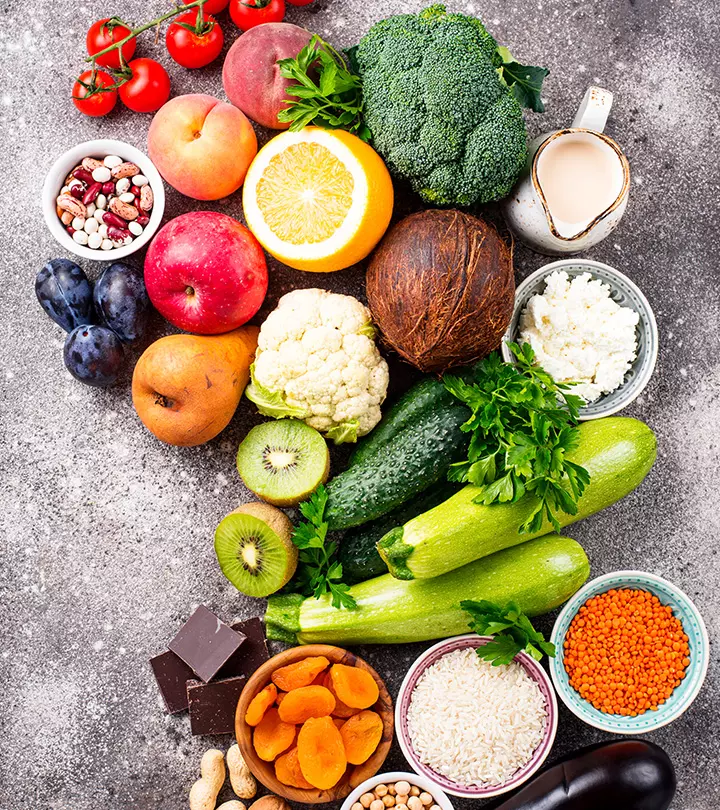


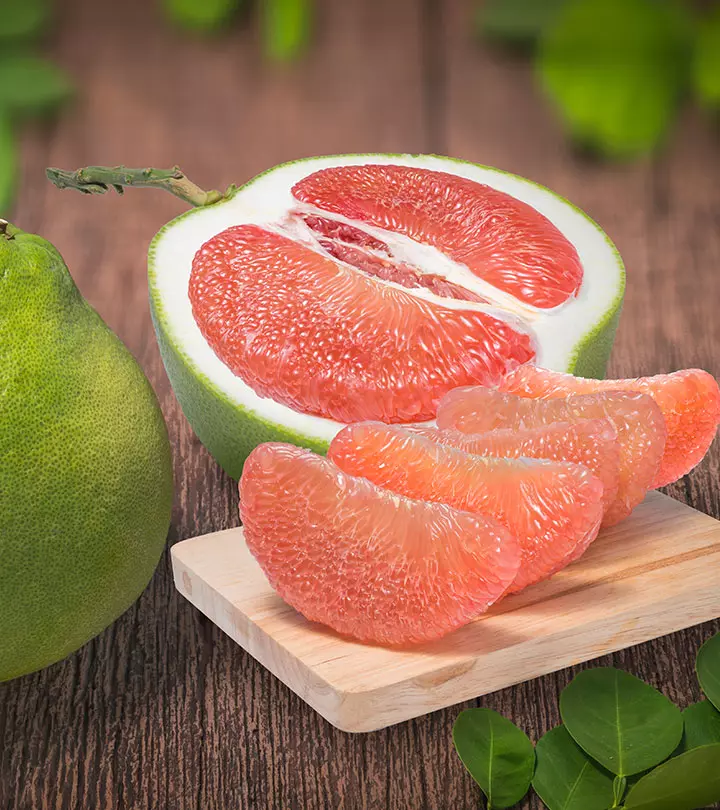
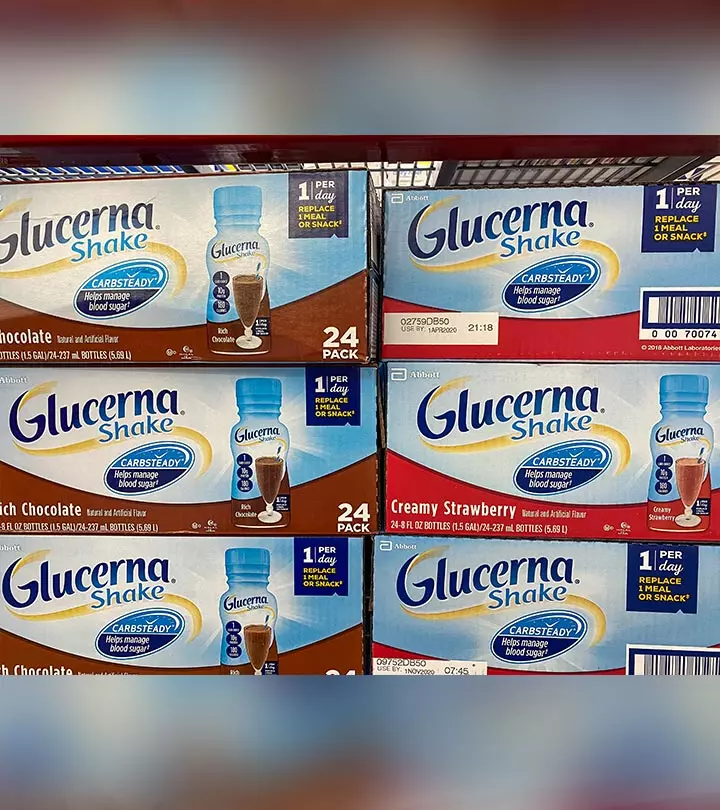



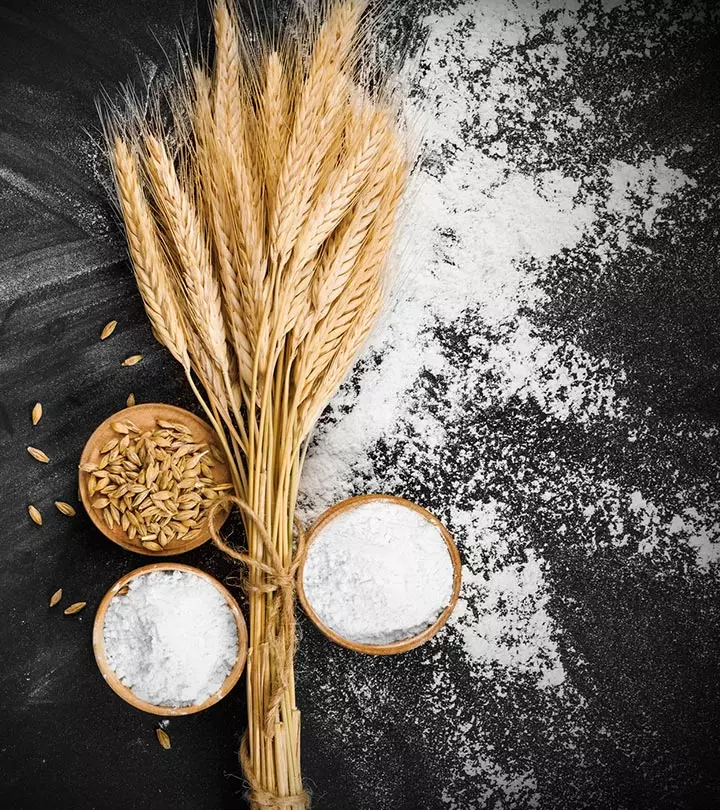

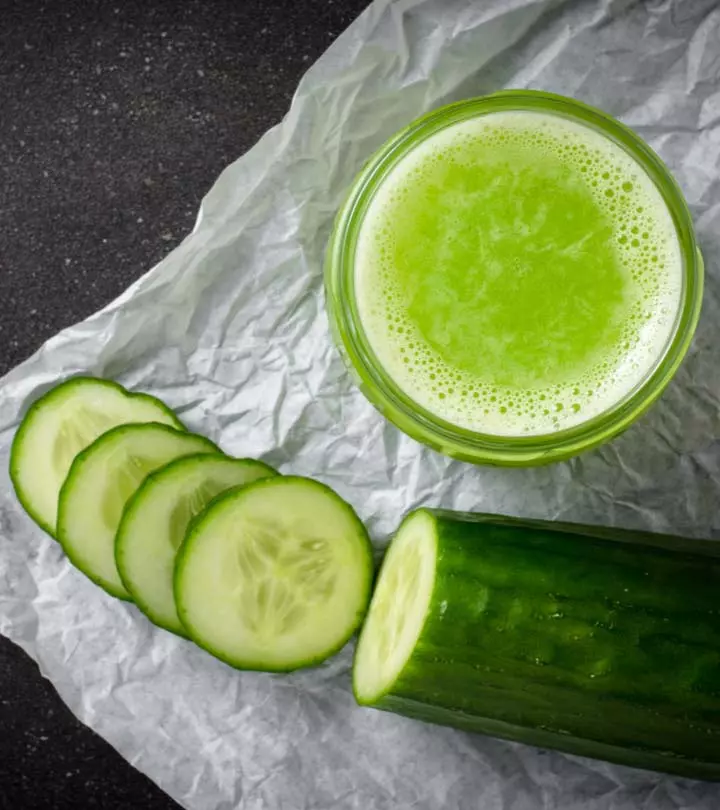





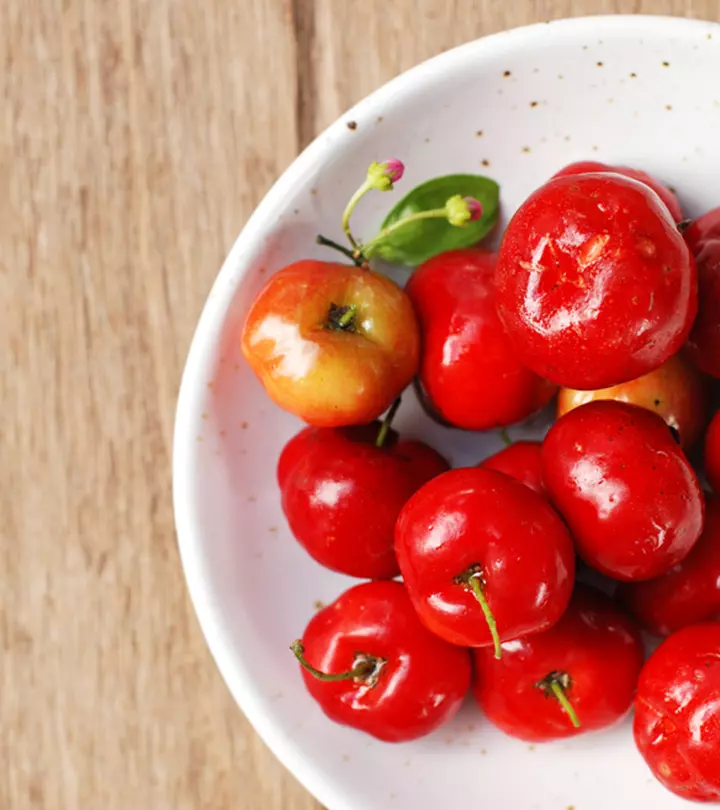
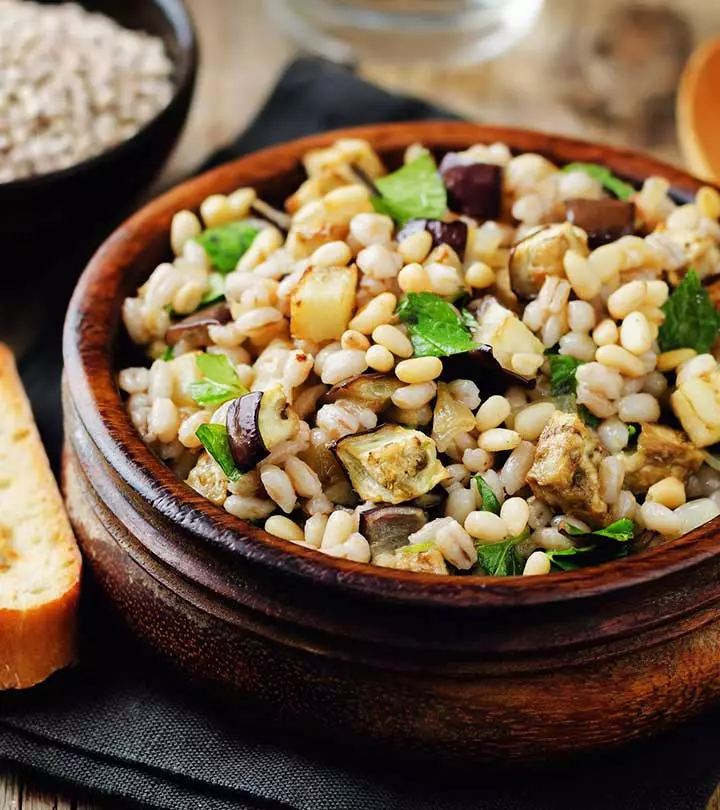

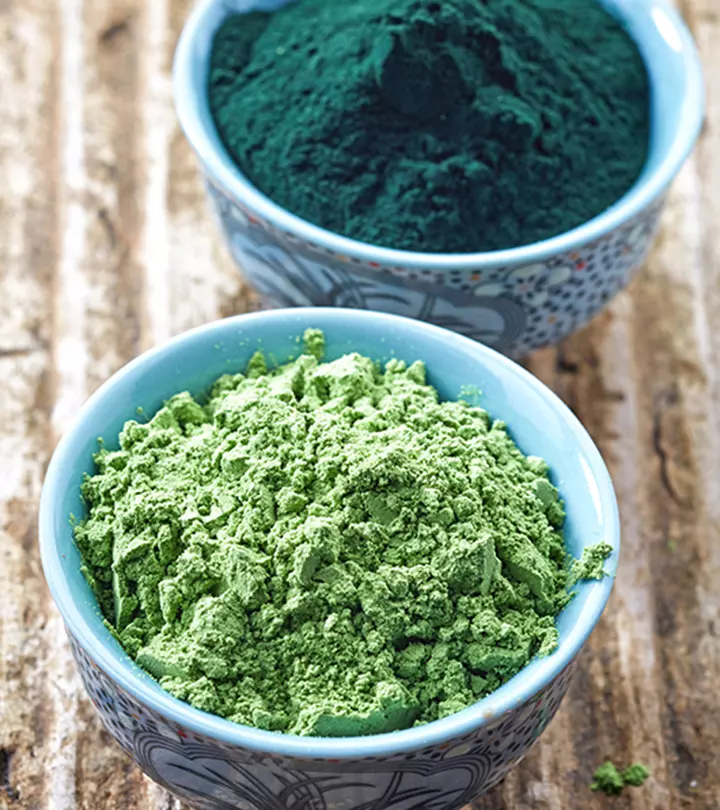
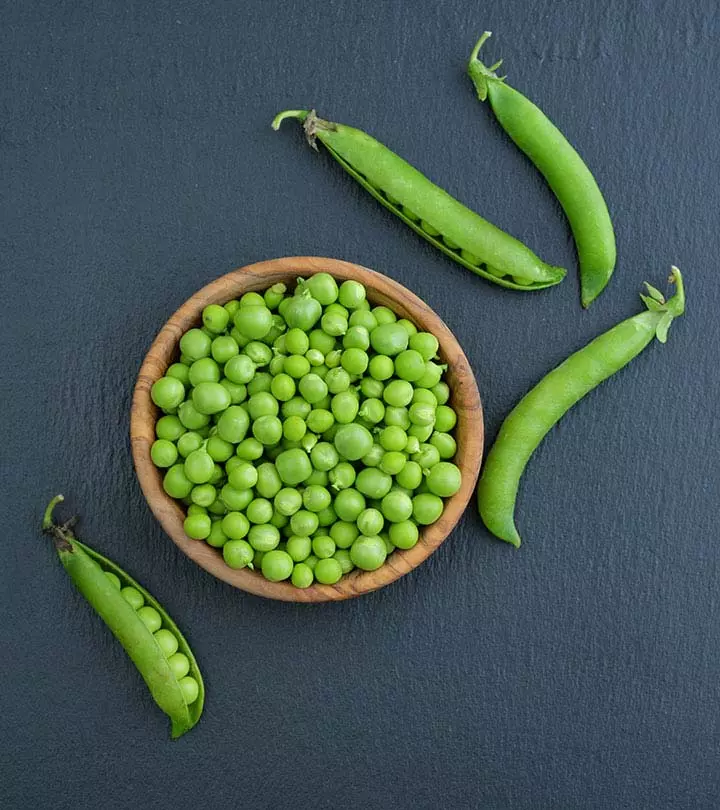
Community Experiences
Join the conversation and become a part of our empowering community! Share your stories, experiences, and insights to connect with other beauty, lifestyle, and health enthusiasts.